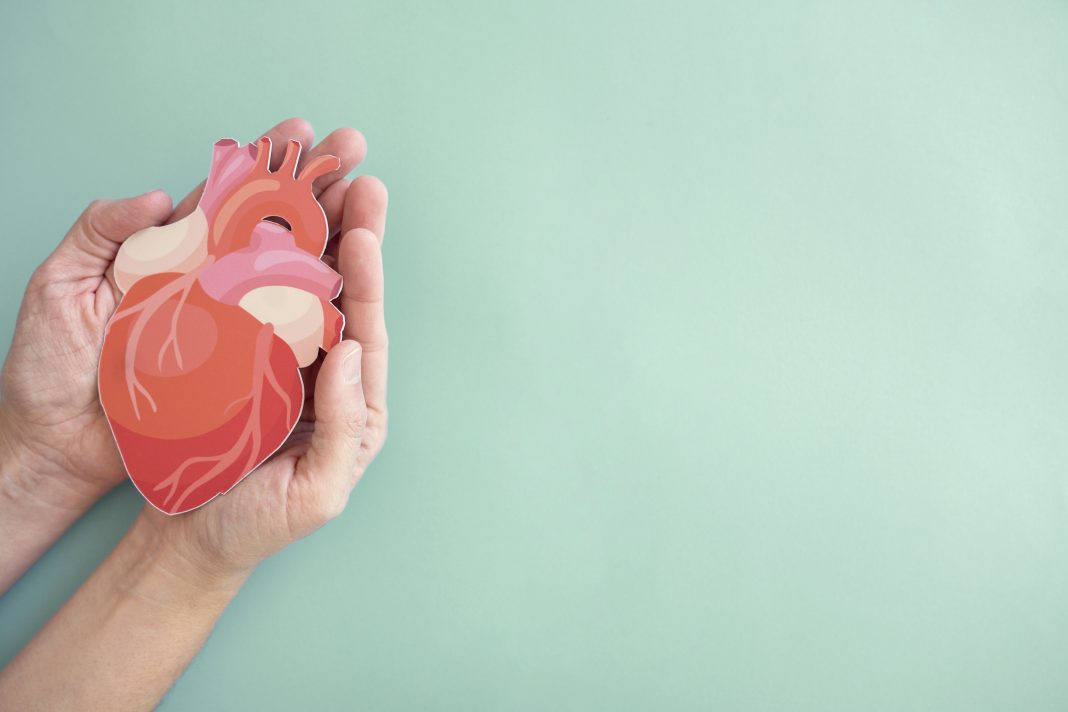Professor Allan Lawrie from Imperial College London, discusses the future of personalised cardiovascular disease detection and monitoring, including comment on wearable technology and AI
The rapid expansion of consumer digital technology has significantly increased access to smartphones and connected devices across various socioeconomic groups and age ranges. With smartphones came the ability to connect and ingest data from various devices, including smartwatches, rings, scales, and blood pressure monitors. Initially driven by large tech companies targeting the health and fitness market, these devices have evolved to monitor our health comprehensively, literally placing health monitoring in the palm of our hands.
Wearable technology evolution: From fitness trackers to disease detection and monitoring
Technology developers initially focused on promoting healthy living, particularly targeting those interested in health and fitness. However, the potential to monitor cardiovascular health and disease (and other diseases) soon became clear.
Consumer wearables now offer continuous, real-time data on various physiological parameters, enabling users to track their cardiovascular fitness and detect potential health issues. Many features measured by these wearables use photoplethysmography (PPG – the green/red light on the back of your device), which records heart rate (HR) and rhythm and estimates blood oxygenation and temperature.
Accelerometers within the devices provide additional context on movement, helping estimate effort, speed, and calories burned. Regular physical activity is a key component of cardiovascular fitness, reducing the risk of heart disease, obesity, and diabetes. These devices can undoubtedly empower users to track their activity and fitness.
HR provides insights into the cardiovascular system’s response to physical activity, stress, and rest.
A lower resting heart rate typically indicates better cardiovascular fitness, while an elevated resting heart rate can signal potential issues like hypertension or arrhythmias. Heart rate variability (HRV), the variation in time between heartbeats, is another important metric.
High HRV is generally associated with good cardiovascular fitness and a well-functioning autonomic nervous system, while low HRV can indicate stress, fatigue, or underlying cardiovascular disease. Wearable devices continuously track these metrics, providing users with insight into changes in cardiovascular health over time.
Wearables equipped with electrocardiogram (ECG) capability can detect irregular heart rhythms, such as atrial fibrillation (AFib), a common but serious condition that increases the risk of stroke and other complications. By identifying irregularities early, wearables can enable timely medical intervention, potentially preventing severe outcomes.
Sleep tracking, including sleep disturbances like sleep apnoea, has recently come into focus. Good quality sleep is essential for health. Wearable devices can monitor sleep patterns, including duration and stages of sleep (light, deep, and REM). Poor quality or insufficient sleep can negatively impact cardiovascular health, leading to conditions like hypertension and heart disease.
By tracking sleep, wearables help users make informed decisions to improve their sleep habits and overall health. Some wearables also include features for monitoring stress levels and mental health indicators by assessing HR and HRV to estimate strain.
With these developments, many people can now recount at least one person within their circle of family and friends who has benefited from alerts on a wearable device that has prompted them to seek medical attention.
Data sharing with healthcare providers
Most people are aware of the intrinsic link between exercise and health. While a sedentary lifestyle is associated with an increased risk of cardiovascular disease, reduced activity can also be a symptom of cardiovascular health issues or other health reasons, such as musculoskeletal problems, mental health issues, chronic illnesses, or changes in personal circumstances.
Early cardiovascular disease detection is crucial for optimal management, but caution is needed to avoid overburdening healthcare systems with false positives. Recent calls have been for personal data to be incorporated into health records (which already happens in some circumstances). This has the potential to improve care by providing doctors with detailed information about the patient’s health over time, leading to more informed diagnoses and treatment plans. However, ensuring these data are contextualised with standardised (best practice) processing is important to ensure data equality (device agnostic).
Wearables and AI
Key to the efficient use of large time series datasets is the development of artificial intelligence (AI) and machine learning (ML). AI approaches to clinical data are revolutionising disease diagnosis, and many of these can be applied to data from wearables. For example, AI-ECG models trained on large clinical datasets can identify disease risks and provide prognostic insights to monitor disease progression or treatment response for cardiovascular and respiratory diseases.
Utilising AI on wearable data can offer tailored recommendations for improving cardiovascular fitness and managing potential health issues before they fully manifest. These insights empower users to take proactive steps towards better health, such as adjusting exercise routines, improving diet, or seeking medical advice. These AI models must be transparent and technology-agnostic.
Wearable technology has the potential to transform cardiovascular health monitoring by providing continuous, real-time data on various physiological parameters. These data empower users to take control of their health and make informed decisions to improve fitness and reduce their risk of cardiovascular disease.
However, user engagement and empowerment still require work. There is significant potential to provide personalised AI nudges (e.g., powered by large language models) to modify activity and behaviour.
It is also important to recognise that activity is only one-factor influencing health. Understanding how diet and other environmental exposures interact with activity and our biology to modify disease is crucial.
As technology advances, wearables will offer even more precise health insights into metrics like blood pressure and blood glucose. However, while wearable technology provides valuable insights for certain metrics, such as heart rate and step counting, it is less reliable for others, such as calorie burn and sleep tracking.
As such the use of these devices for general health monitoring should be encouraged. For critical health metrics, consulting healthcare professionals and using medical-grade equipment is always recommended.
Much work remains to be done, and large standardised datasets are required to understand how these data can be fully integrated into our healthcare records. Still, they will undoubtedly become a crucial component of our healthcare digital twin.


